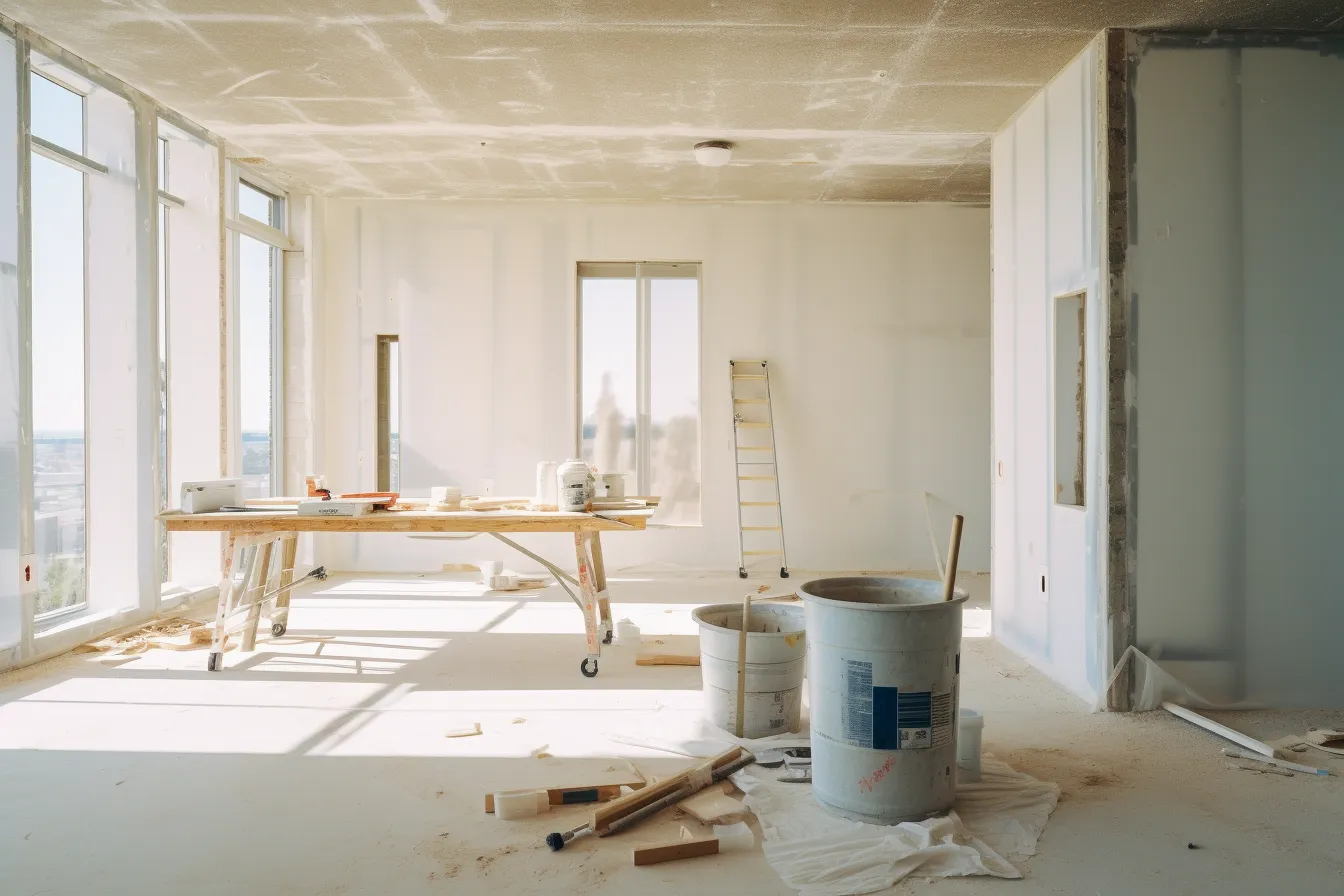Welcome to our beginner’s guide to incorporating solar panels in your design! If you’re interested in harnessing solar energy to power your home or business, you’ve come to the right place. In this article, we will walk you through the process of incorporating solar panels into your design, from understanding the benefits of solar energy to choosing the right solar panels for your needs. So let’s dive right in!
The Benefits of Solar Energy
We will start by discussing the numerous benefits of solar energy. Solar power is a clean, renewable, and sustainable energy source that can help reduce your carbon footprint and lessen your reliance on fossil fuels. By installing solar panels, you can generate your own electricity and lower your energy bills over time. Additionally, many states and countries offer incentives and tax credits to individuals and businesses that embrace solar energy. So not only will you be helping the environment, but you may also save money in the long run.
Choosing the Right Solar Panels
When it comes to selecting solar panels for your design, there are a few key factors to consider. First and foremost, you’ll want to determine your energy needs. Calculate how much electricity you currently use and how much you would like to generate through solar power. This will help you understand how many solar panels you’ll need and what size they should be.
Next, consider the efficiency and quality of different solar panel brands. Look for panels that have high conversion efficiency, meaning they can convert a greater percentage of sunlight into usable electricity. Additionally, pay attention to the durability and warranty offered by the manufacturer. Investing in high-quality panels will ensure their longevity and maximize your return on investment.
Furthermore, think about the aesthetics of the solar panels. Nowadays, you can find solar panels in various colors and styles to match your design preferences. Whether you prefer sleek black panels or more inconspicuous options, there are choices available that will seamlessly integrate with your overall design.
Placement and Installation
The placement of your solar panels is crucial for optimal energy production. Ideally, panels should be installed on a south-facing roof or ground-mounted in a location that receives maximum sunlight throughout the day. Keep in mind that shading from buildings, trees, or other objects can significantly affect the performance of your panels, so choose a spot that is free from shade.
When it comes to installation, it’s recommended to hire a professional solar installer. They will ensure that your panels are correctly positioned, securely mounted, and connected to your electrical system. While it may require an upfront investment, professional installation will save you time, effort, and potentially costly mistakes.
Maintaining Your Solar Panels
Once your solar panels are up and running, it’s important to maintain them properly to ensure their longevity and optimal performance. Regularly clean your panels to remove dust, leaves, or any other debris that could obstruct sunlight. Inspect them for any signs of damage and promptly address any issues.
Additionally, monitor your solar energy production and keep an eye on your electricity bills. This will allow you to identify any unexpected changes in performance or detect potential problems early on. Regular maintenance and monitoring will help you get the most out of your solar panels for years to come.
Incorporating solar panels into your design is an excellent way to embrace sustainable energy and reduce your environmental impact. By understanding the benefits of solar energy, choosing the right panels, and ensuring proper placement and maintenance, you can enjoy the advantages of solar power while contributing to a greener future.
